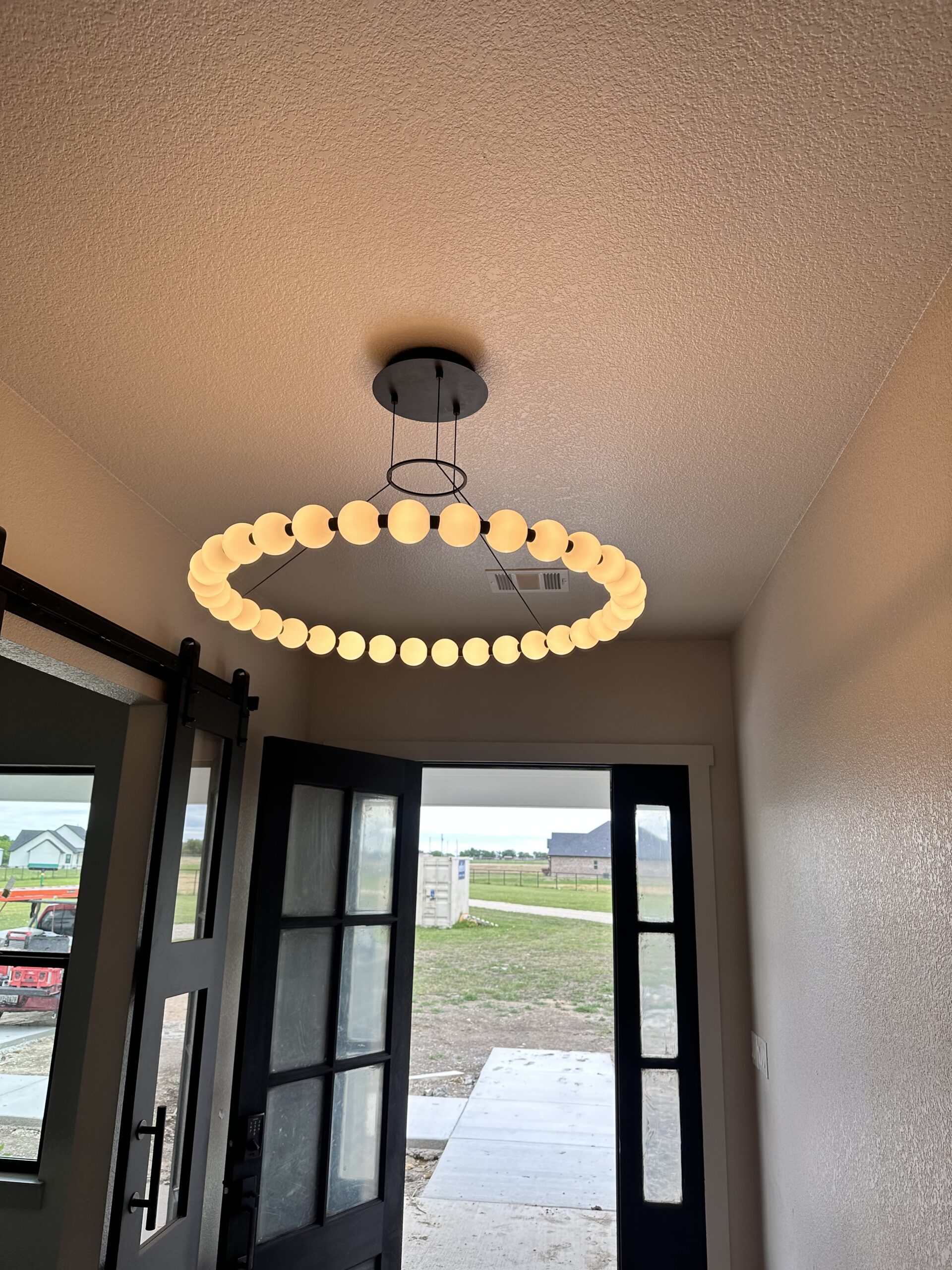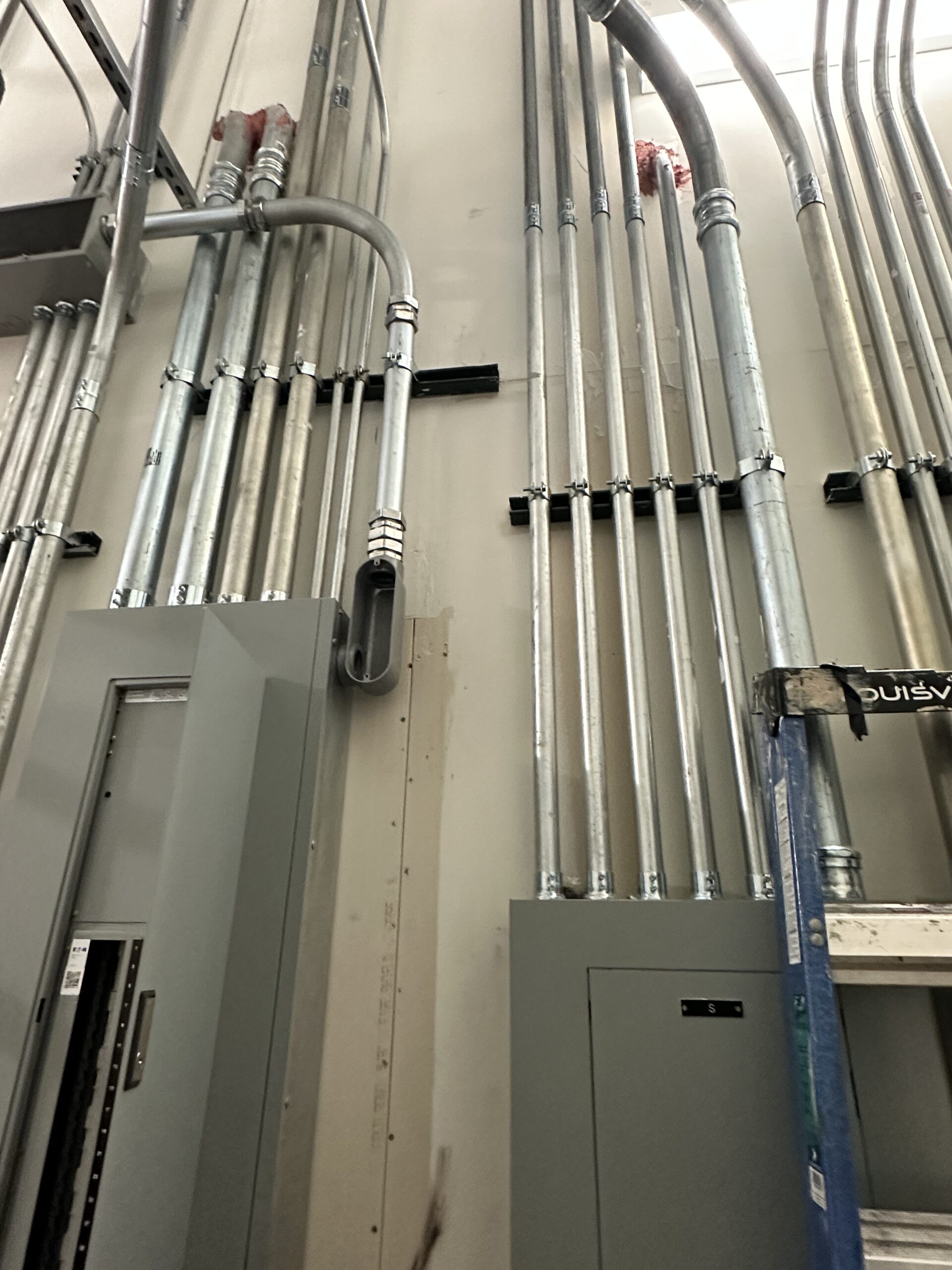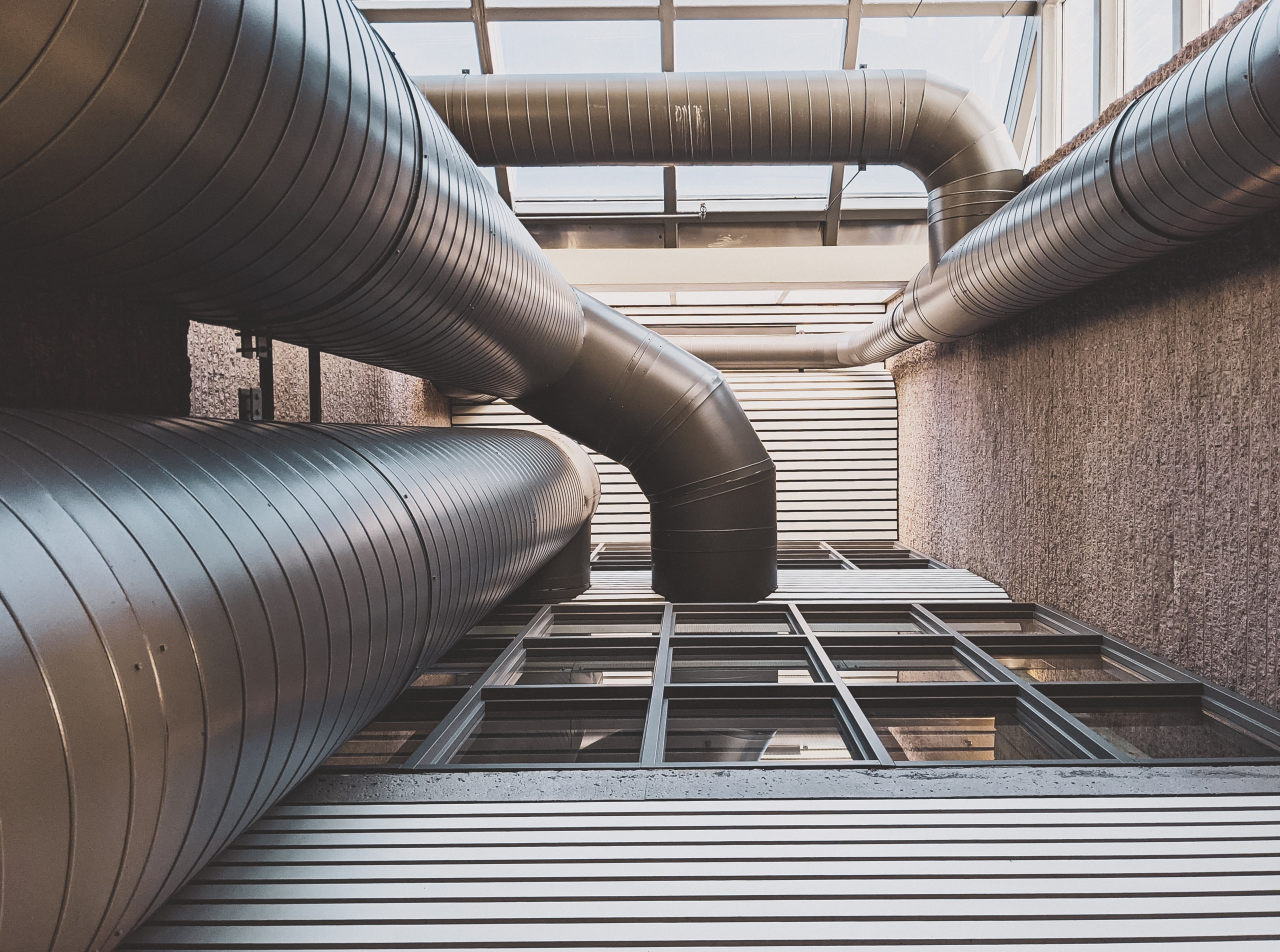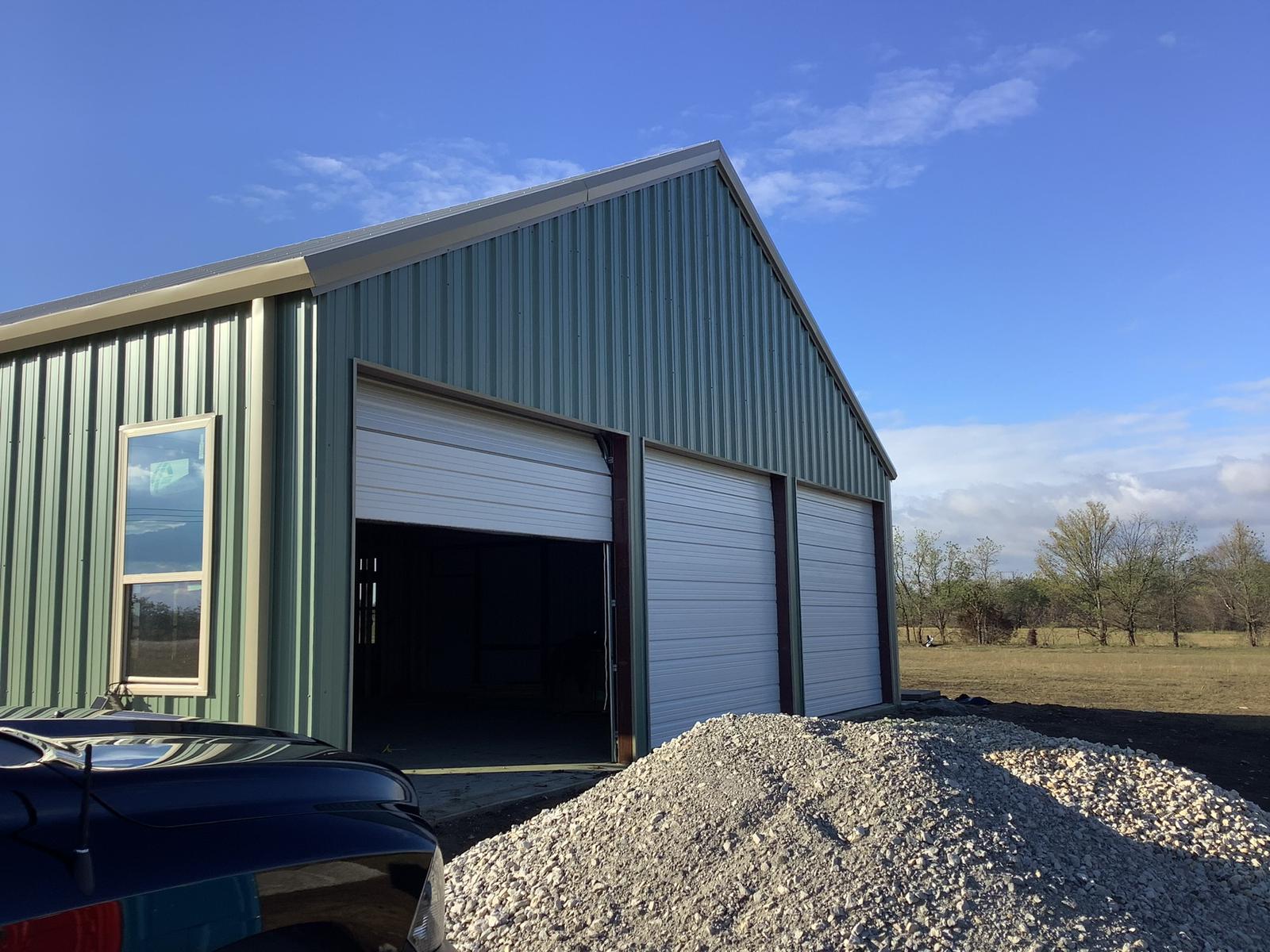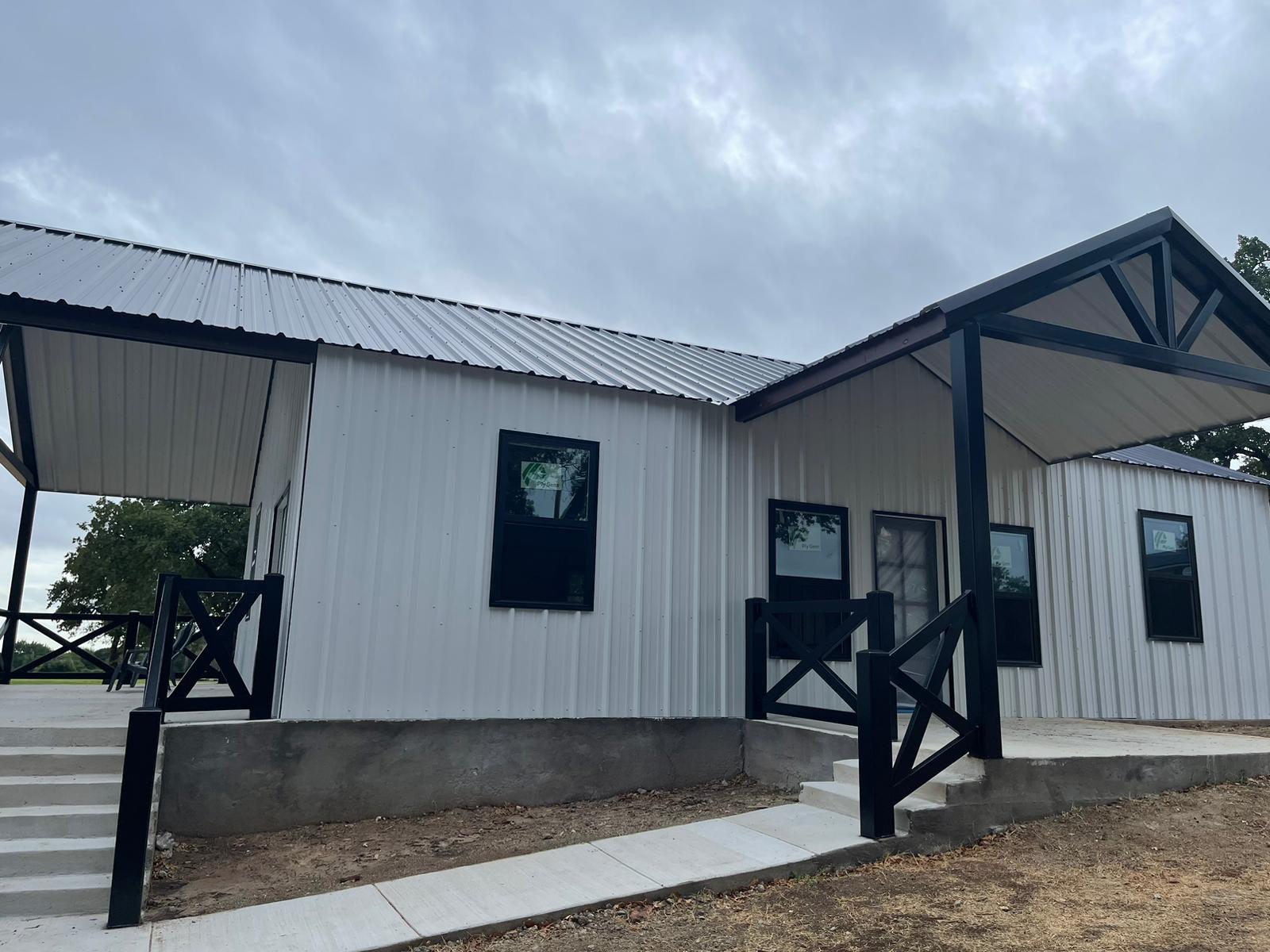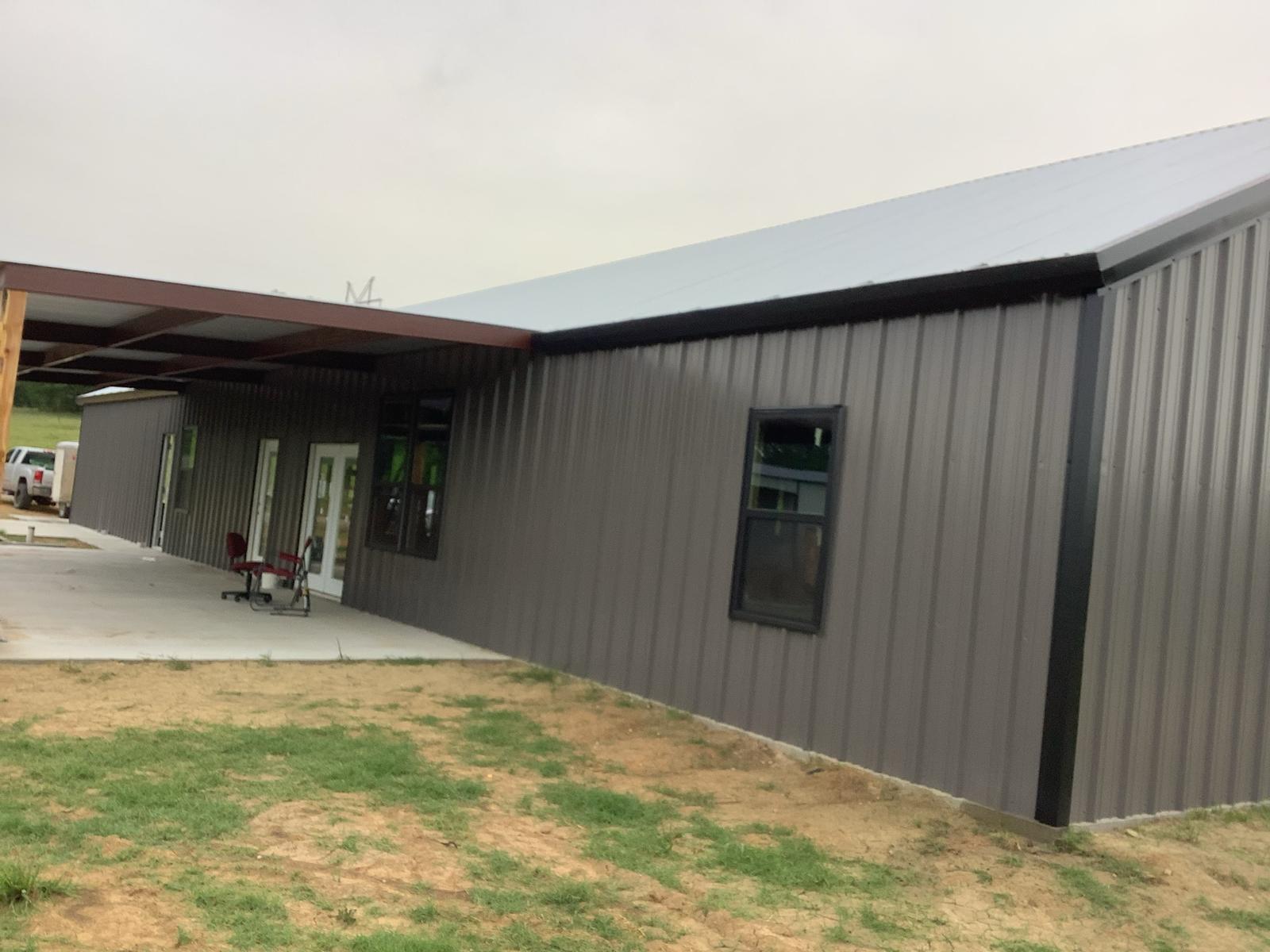Why Choose Us
We have a highly trained and experienced team that focuses on providing innovative and personalized solutions for each of our clients. We make sure that every aspect of your construction project is carried out to the highest quality standards and within the agreed budget and deadline.
In addition, we value transparency and open communication with our clients. We work closely with you to ensure that your requirements and expectations are met, and that your project is built to your specific needs.
Quick Contact
Services We Offer
Construction personnel participate in ethics training as part of our best practices program, and each employee is provided with a skill set that helps them make the best decisions.
- We Are Creative.
- Honest And Dependable.
- We Are Always Improving.
- Trained for work.
- Quality and durable work.
What We Do
Electrical Wiring
the system of wires and cables that run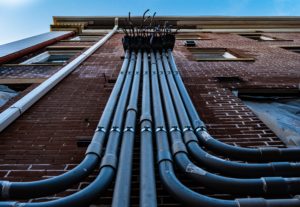 throughout the walls, floors, and ceilings to provide electricity to all the electrical appliances, lighting fixtures, and other electrical devices in the home. It is essential for the safe and efficient distribution of electrical power within a home.
throughout the walls, floors, and ceilings to provide electricity to all the electrical appliances, lighting fixtures, and other electrical devices in the home. It is essential for the safe and efficient distribution of electrical power within a home.
The electrical wiring system typically starts at the main electrical panel, which is usually located in a utility room, basement, or garage. From there, the wires run through conduits or raceways to the various outlets, switches, and fixtures throughout the home.
The wiring system consists of several components, including wires, cables, circuit breakers, outlets, and switches. The wires are usually made of copper or aluminum and are used to conduct electricity from the source to the various outlets and fixtures. The cables are bundles of wires that are used to distribute power to multiple devices. Circuit breakers are safety devices that protect the wiring from overloading and overheating, which can cause fires or electrical shock.
Remodeling
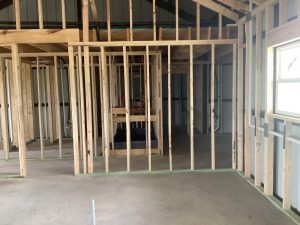 involves making significant changes to the existing structure, layout, or design of a house. This can range from minor alterations such as repainting a room or updating light fixtures, to major renovations such as adding an extension, tearing down walls, or completely redesigning the interior of a home.
involves making significant changes to the existing structure, layout, or design of a house. This can range from minor alterations such as repainting a room or updating light fixtures, to major renovations such as adding an extension, tearing down walls, or completely redesigning the interior of a home.
The primary goal of remodeling is to improve the functionality, appearance, and value of a home. Homeowners may choose to remodel for a variety of reasons, including to accommodate changing family needs, to increase living space, to modernize outdated features, or to increase energy efficiency.
Remodeling projects typically involve a variety of tasks, such as planning, design, demolition, construction, electrical and plumbing work, and finishing touches. Depending on the scope of the project, a homeowner may choose to work with a general contractor who will oversee the entire remodeling process or hire individual contractors for specific tasks.
While remodeling can be a significant investment in both time and money, it can also provide a significant return on investment, both in terms of the enjoyment and functionality of the home as well as potential increases in resale value.
HVAC
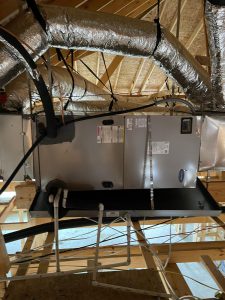
Installing air conditioning in your home is a great way to ensure that you and your family stay cool and comfortable during the hot summer months. Here’s a step-by-step guide to help you prepare and install an air conditioning system in your home or company:
- Determine the right size unit: The size of the air conditioner you choose will depend on the size of your home and the number of rooms you want to cool. A professional HVAC contractor can help you determine the right size for your needs.
- Choose the location: The air conditioning unit should be installed in a shaded area on the outside of the home, away from direct sunlight and other heat sources.
- Install the air conditioning unit: A professional HVAC contractor can install the unit and make sure it’s properly connected to the electrical and plumbing systems in your home.
- Install the ductwork: If you are installing a central air conditioning system, you’ll need to install ductwork throughout your home. The ductwork will deliver cool air to each room through vents.
- Adjust the thermostat: Once the unit is installed and the ductwork is in place, adjust the thermostat to your desired temperature.
- Maintenance: Regular maintenance is important to keep your air conditioning unit running efficiently. This includes changing air filters, cleaning the condenser coils, and inspecting the refrigerant levels.
By following these steps, you can ensure that your air conditioning unit is installed and functioning properly, and that your home stays cool and comfortable all summer long.


